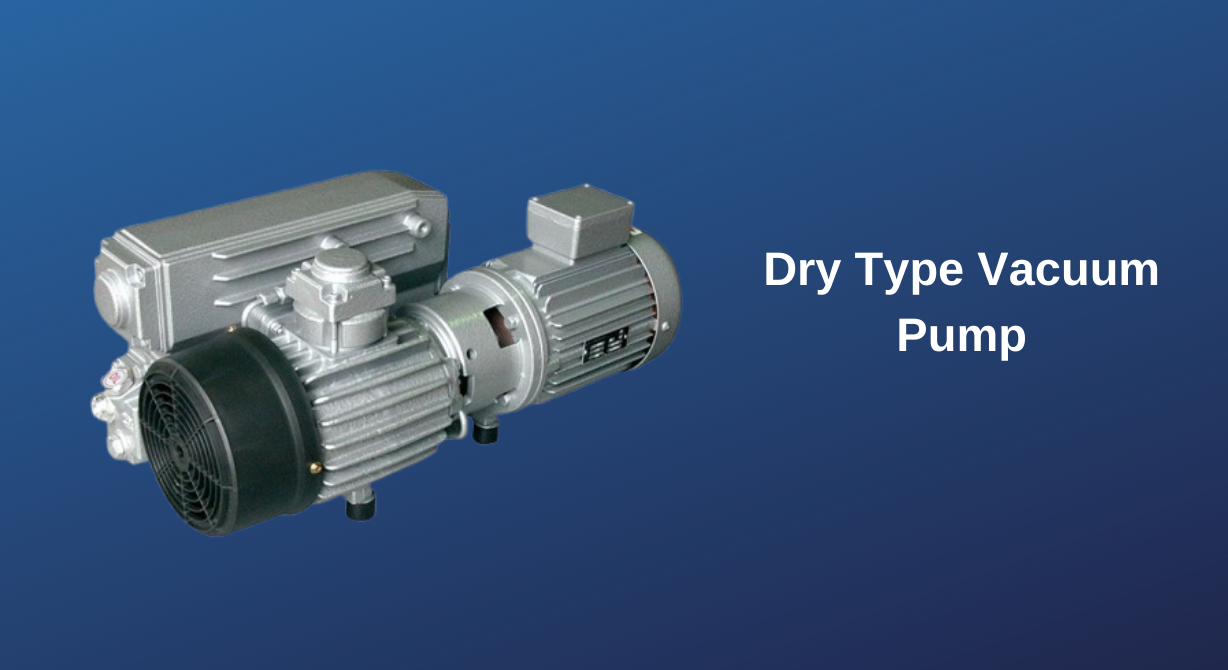Dry Vacuum Pump
Table Of Contents
- Dry Vacuum Pump - Working Principle
- Dry Vacuum Pump - Prices
- Dry Vacuum Pump - Industries
- Dry Vacuum Pump - Definition
- Dry Vacuum Pump - Function
- Dry Vacuum Pump - How it works
Dry Vacuum Pump - Working Principle
Dry vacuum pumps use air or gas to create a vacuum. The pump compresses the air or gas to create the vacuum. The compressed air or gas is then circulated within the pump and is released through an exhaust port to create the vacuum. Dry vacuum pumps are used in applications where very high vacuums are needed.
Dry Vacuum Pump - Prices
Dry vacuum pump prices can vary depending on the model and capacity of the pump. These pumps are designed for high capacity and durability, so they tend to be more expensive than other types of vacuum pumps.
Dry Vacuum Pump - Industries
Dry vacuum pumps are used in a variety of industrial applications. They are commonly used in the electronics industry, laboratory applications, and the chemical industry. They can also be used for drying, filtration, exhaust, and adsorption applications.

Dry Vacuum Pump - Definition
A dry vacuum pump is a device used to create a vacuum. These pumps use air or gas to operate and are typically used in applications where very high vacuums are needed.
Dry Vacuum Pump - Function
The function of a vacuum pump is to create a vacuum. A vacuum is a condition where the pressure of air or gas is reduced. A vacuum pump compresses air or gas to create the vacuum.
Dry Vacuum Pump - How it works
A dry vacuum pump works by compressing air or gas to create a vacuum. The compressed air or gas is then circulated within the pump and is released through an exhaust port to create the vacuum. These pumps are efficient and consume less energy while providing high vacuum. They are commonly used in industrial applications where high vacuum is needed.
